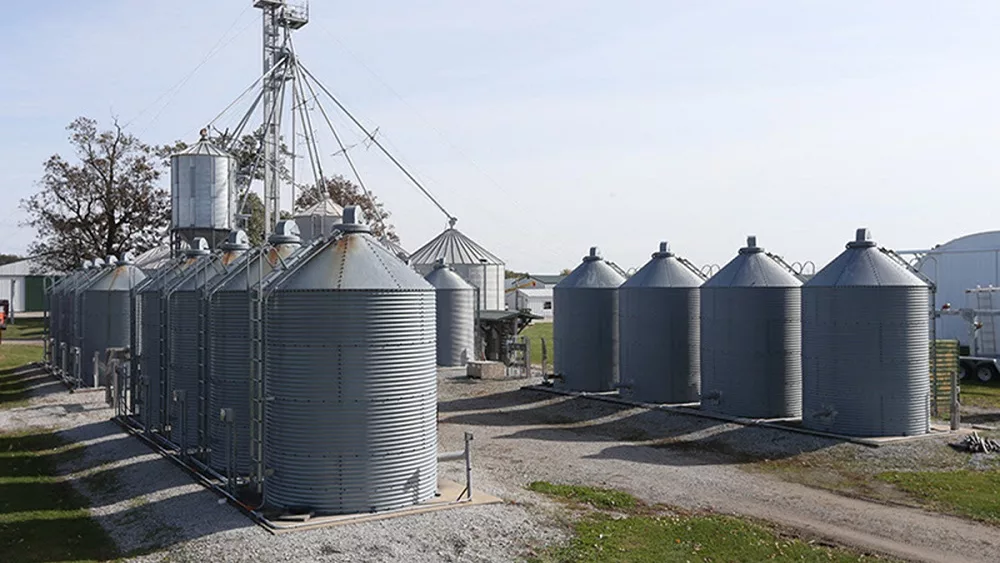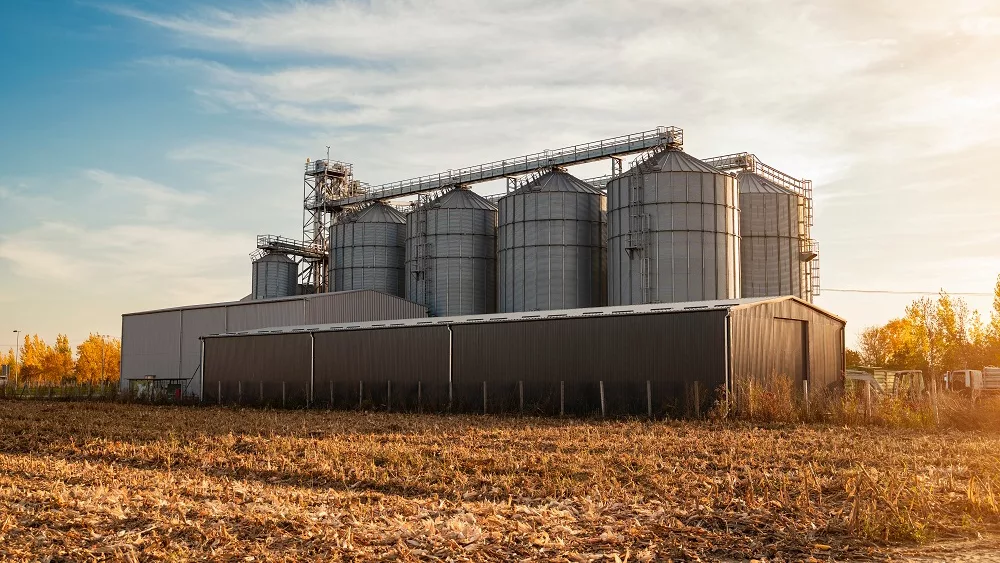EPA Proposed RFS Rule Falls Short

The Environmental Protection Agency (EPA) released its proposed Renewable Volume Obligations (RVOs) for the 2014, 2015, and 2016 Renewable Fuel Standard (RFS). The ethanol industry had been hoping for blend levels that would foster more use of renewable fuel, but that is not what the agency has proposed.
Brian Jennings, Executive Vice President for the American Coalition for Ethanol (ACE), said “Promises to get the RFS back on track and USDA funding for flex fuel pumps are appreciated, but EPA is yet again proposing to circumvent the RFS by limiting ethanol use to the amount oil companies are willing to blend with the gasoline they refine and not one gallon more.” ACE says the proposed volumes for the 2014 RFS largely reflect actual use. The Agency intends for renewable fuel use to increase from 2014 to 2016, but EPA’s proposed blending targets for 2015 and 2016 fall back on the E10 “blend wall” methodology which has disrupted RFS implementation for more than a year.
Chip Bowling, President of the National Corn Growers Association, said, “Once again, the EPA has chosen to ignore the law by cutting the corn ethanol obligation 3.75 billion gallons from 2014 to 2016. This represents nearly a billion and a half bushels in lost corn demand. The only beneficiary of the EPA’s decision is Big Oil, which has continuously sought to undermine the development of clean, renewable fuels.”
While the proposed blending levels are an improvement over what the agency proposed in the fall of 2013, they fall short of what the industry had wanted and what the RFS legislation intended.
Proposed RVO levels:
- 2014 – 1.63 billion gallons of Biomass-based Diesel, 2.68 billion gallons of Advanced Biofuels
- 2015 – 1.7 billion gallons of Biomass-based Diesel, 2.9 billion gallons of Advanced Biofuels
- 2016 – 1.8 billion gallons of Biomass-based Diesel, 3.4 billion gallons of Advanced Biofuels
- 2017 – 1.9 billion gallons of Biomass-based Diesel
 American Soybean Association President Wade Cowan noted that ASA believes the EPA and the Obama Administration could do more to capitalize on additional benefits that could be achieved with more robust biomass-based diesel volumes. “Again, we are glad to see the volumes for biomass-based diesel increased above the previous proposal. Biodiesel provides significant economic and environmental benefits and we have the capacity to do more,” Cowan said.
American Soybean Association President Wade Cowan noted that ASA believes the EPA and the Obama Administration could do more to capitalize on additional benefits that could be achieved with more robust biomass-based diesel volumes. “Again, we are glad to see the volumes for biomass-based diesel increased above the previous proposal. Biodiesel provides significant economic and environmental benefits and we have the capacity to do more,” Cowan said.
Tom Buis, with Growth Energy, said the industry will continue to pressure the agency and the administration to adopt a policy that promotes the increased use of renewable fuels and great fuel choice for consumers, “One thing that everyone should keep in mind is that this a proposed rule. We will continue to analyze and review these proposals for 2014, 2015 and 2016. Furthermore, Growth Energy will file exhaustive comments with EPA. Just as we successfully commented on the original 2014 RVO proposal by EPA, which ultimately forced EPA to reconsider their initial flawed rule, we are confident that our forthcoming comments will highlight the changes that are necessary to meet the goals of the RFS.”




